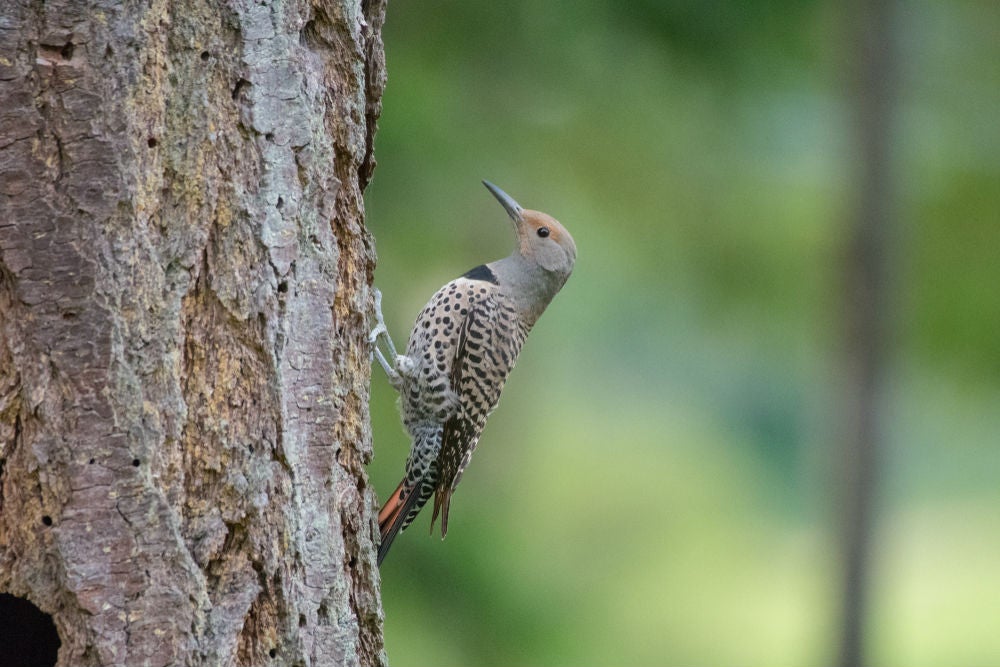Welcome to the neighbourhood: How a noisy woodpecker delivered a message about climate change
If a bird is happy where it is, it will stay put. If not, it has the ability to fly away. Andrew Buncombe on the birds in his backyard who have again assumed the task of sentry and sentinel

I’ve not seen the woodpecker, but I’ve heard it. It drills into the wall in the early morning, as the light, the shade of the most gently smoked salmon, starts to wash over the valley. In the late afternoon, the sky now a deeper, blood-stained red, it bores away with the same intensity. Zzzzzzzzzzzzzzzzzzzzzzzzzz.
If you run to try to catch it in the act, there’s no sign of it, just of the damage it has inflicted on the sage-painted weather board, of which it has taken chunks. The landlady is not happy. Of course, she loves nature, but this is valuable real estate. Something needs to be done. The woodpecker has to go.
Several days later, two men arrive with a ladder. The badges on their uniforms reveal they work for a pest control company. One was formerly employed with the forest service and knows a thing or two about birds. Ours, he says, is most likely a northern flicker, a bird known for the flashes of red feathers on the underside of its wings. At this point in the year, most have headed south. But warmer winters mean they are increasingly staying put and looking to find a place to live. It is sending us a message.
Subscribe to Independent Premium to bookmark this article
Want to bookmark your favourite articles and stories to read or reference later? Start your Independent Premium subscription today.
Join our commenting forum
Join thought-provoking conversations, follow other Independent readers and see their replies